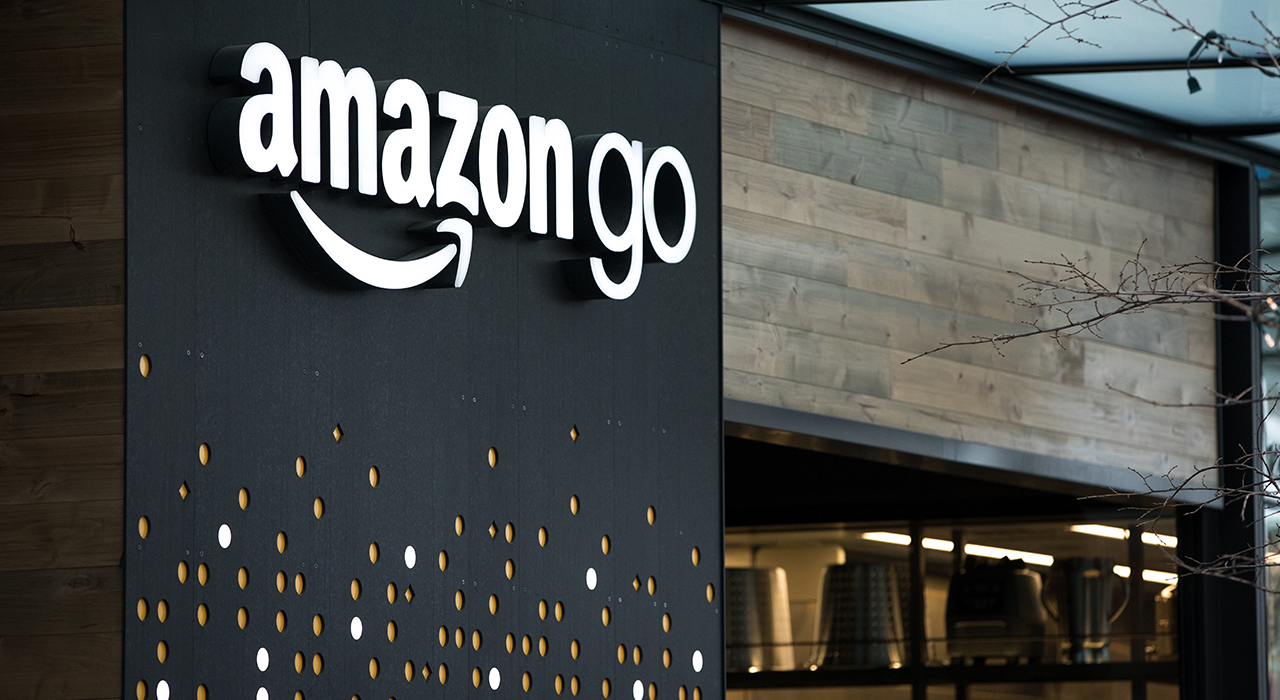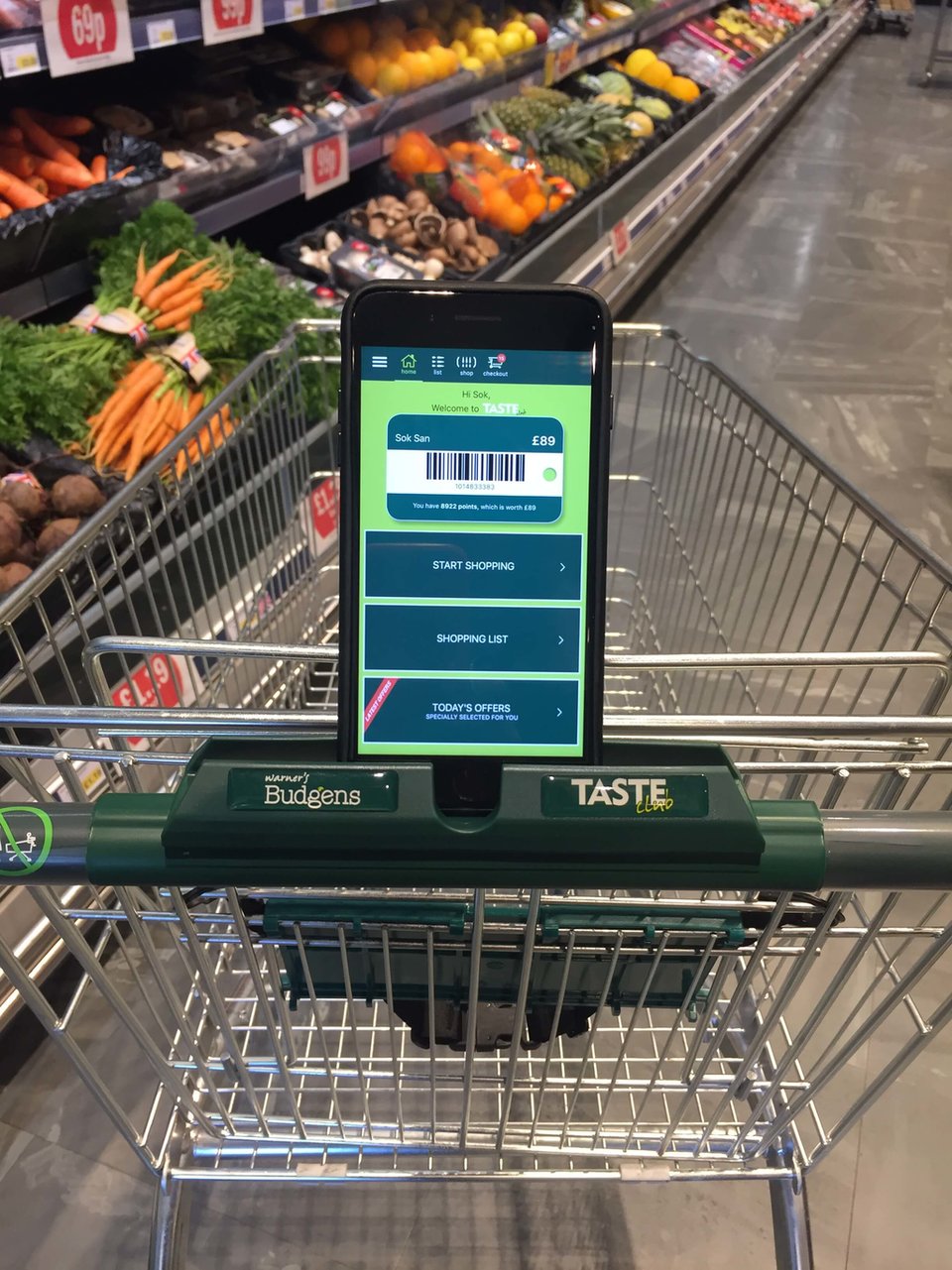Amazon Go: the move forward that payments need?
Online retailer Amazon launched its physical “lineless” store in January 2018. As Amazon’s first brick-and-mortar store, it has been very popular and, somewhat ironically, has long queues to enter it leading around the block. Is this a revival of the physical presence and will we see more digital-only firms go back to basics? Patrick Brusnahan investigates

Amazon Go, located in Seattle, Washington, does not use cashiers. Shoppers instead scan their phones at turnstiles and Amazon charges them automatically.
In addition, sensors and cameras pick up what customers have decided to purchase. If the customer puts the item back on the shelf, it is immediately taken off the final total.
The benefits of brick-and-mortar
An often cited advantage of physical presences, in many sectors but particularly finance, is the human touch. If a customer enters a bank branch, they can talk to a member of staff, something that is obviously lacking on a mobile app and limited in online banking.
Amazon, however, does not seem to be worried about that with Amazon Go. The new concept has no staff within the premises and is close to fully automated. It might even be taking away the human touch.
Merging the physical and digital realms is often referred to as the omnichannel experience. In short, it is having the ability to start something in one world and complete it in another seamlessly.
One firm trying to bring the omnichannel experience to consumers is Ubamarket. It is attempting to bring the shopping list into the digital age.
Speaking to Verdict Payments, Ubamarket CEO Will Broome explains: “I’d go into a supermarket staring a shopping list on my, like many of us, and think ‘Where are we?’ It’s a nightmare. I thought very simply ‘What if my shopping list jumped into the right order?’
“That was the embryonic idea and over the years, with a lot of research, we concluded there’s no point in having an app that does one part of the journey. There are payment apps, loyalty apps, individual apps that do individual things whereas it has to be all or nothing. It has to be the entire journey to get users to use it.”
How Ubamarket works
- A customer writes their shopping list on the app;
- When entering the store, the list jumps into the relevant order to where everything is;
- When picking up a product, you scan it within the app and it crosses the item off of the list;
- The app works out the best combination for special offers;
- It also has a ‘Today’s Deals’ feature to offer relevant benefits, and
- At the end of the shop, the customer shows the list to a till and can pay in app or however they wish to pay.
The app includes all stages of the grocery shopping experience, from finding items to crossing items off of a list. You can even pay on the app and leave.
Broome explains: “When you come to the end of the shop, if a store wanted to enable it, you can tap a button and then leave. For lots of reasons, the market isn’t quite there yet. We have an interim solution where you can go to any till and hold the checkout list up.
“It’s still much faster and they can have an express aisle for that. At the moment, retailers want a payment point or a channel out of the store that they can understand. I think that will change very quickly.”
While physical locations, particularly for low value items and groceries, are not going anywhere, is this the start of innovative digital players finding their position in the space?
“I think it’s a best of both words solution that works,” says Broome.
“In our research, there were two key statistics. 71% of people are frustrated by shopping for groceries online, but 66% of people are frustrated by the in-store experience. Basically, what the app does is bring the best of online shopping into the store. The result of the first 1000% tests saw an increase in basket value of 21%. There’s definitely a need and a benefit to brick-and-mortar.”

Amazon Go
Not everyone is excited about Amazon Go. GlobalData analyst Andreas Olah says: “It is certainly more convenient to shop at Amazon Go than at traditional supermarkets, provided that their sensitive systems don’t crash of course. While the retailer managed to iron out initial technical glitches, it could still happen that the army of cameras don’t recognise an item correctly, especially if too many shoppers are in one area or products have been misplaced by shoppers.
“Since there are no electronic tags on products, the system relies on very precise, AI-driven image recognition to detect which shopper has taken which item. This is similar to the technology used for recognising objects and traffic signs for enabling cars to become self-driven.
“Although Amazon claims that the system is safe against shoplifting, shops have for years struggled to perfect self-service checkouts to be fraud-proof, especially with items that could easily be mistaken for one another.”
Is the Amazon Go strategy one ready to be duplicated? Broome believes that for any other company it is “completely unaffordable”.
In addition, with your phone in your pocket in the Amazon Go store, a customer can’t check their list. Broome describes this as “overengineered”.
However, Amazon Go has its fans. Arvin Jawa, VP of retail strategy at Diebold Nixdorf, believes that it reframes the shopping experience and creates additional value.
He says: “Consumers are always looking for additional value – whether it be through gaining time, saving money, or receiving a richer experience. However, the standard approaches that retailers have historically used to improve experiences have typically been product-centric or technology-centric.
“Amazon has instead focused on the journey from a consumer’s point of view – specifically, the journeys they make on the way to work, during their lunch break or on their trip home – and asked ‘how can we make this period of time in the consumer’s daily life less of a hassle?’”
So is this where omnichannel is leading the industry? Are more going to look for a similar experience?
Jawa adds: “Amazon Go is certainly helping usher in a new wave of retail, but it won’t be the final end game – it is just the beginning. We will see more retailers investing in Internet of Things to digitalise their stores, and putting more consumer-centric models forward to address their consumers’ needs.
“I think Amazon Go is a really exciting concept. For years now, consumers have been searching for the game-changing approach to a cashier-less checkout experience. With Amazon Go, Amazon has integrated everything that today’s technology has to offer and put it into a store. The problem is at this point in time, it’s too expensive for widespread use. However, this does not make the idea of the cashier-less checkout experience unrealistic.”
Olah adds: “Convenience store formats keep gaining popularity since customers prefer to shop locally even if this means a price premium over out-of-town superstores. The market size of convenience stores globally has been forecast to grow by an average of 9% a year until 2021, while supermarkets and drugstores are set to grow by only 6%.
“However, automation does not always add greater convenience, and many smaller convenience stores do not even tend to have queues at checkouts, so the benefits gained from introducing a checkout-free concept are unlikely to outweigh the disadvantages in many cases.”
Broome concludes: “I think to go completely camera-based and sensor-based is such a massive task. There are all sorts of flaws and technical difficulty. A lot of people couldn’t even do it. With Ubamarket, you can literally have it for £250 a month; it’s affordable for everyone and does all the things it needs to do. That’s the way forward as we’re so used to apps, this is just the simplest way to do it.
“There is no app that does the whole journey. That’s really revolutionary. While some companies are about six months away from implementing this, as soon as companies are ready, we can switch it on.”

Ubamarket at use in a local supermarket. Source: Ubamarket















